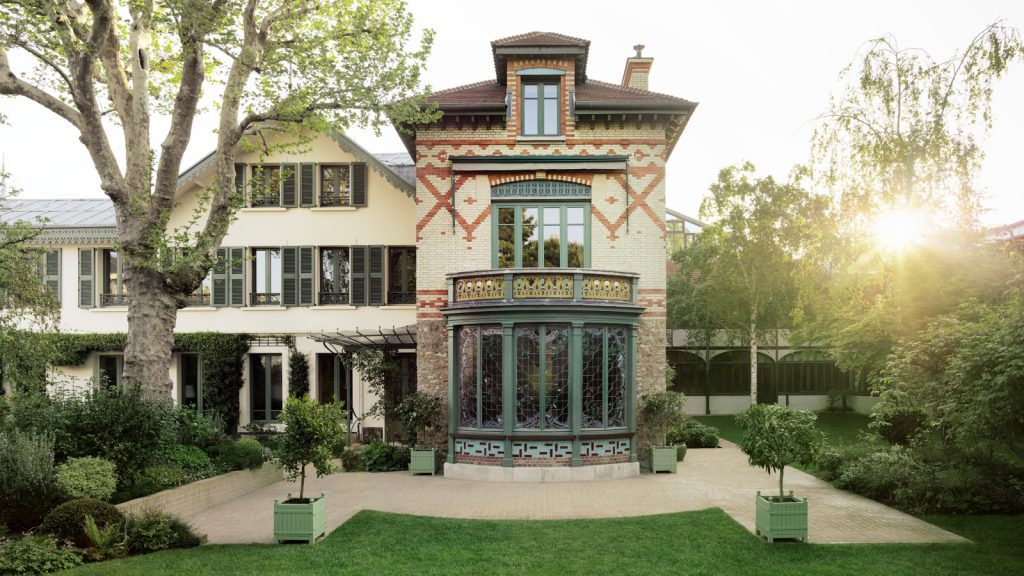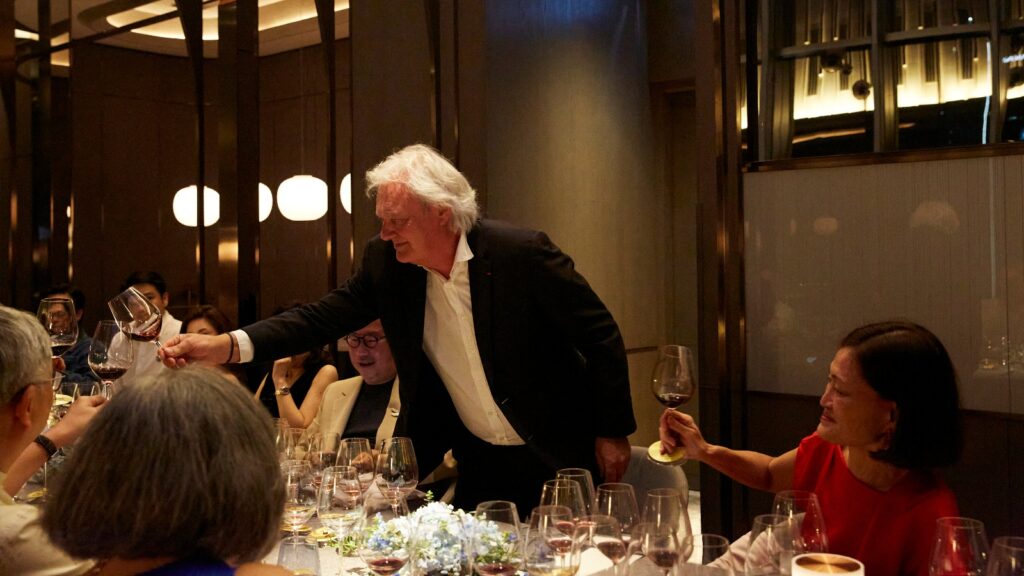Although headquartered in Paris, the heart and soul of Louis Vuitton lies a few kilometres away in Asnieres. In the late 1850s, Louis Vuitton, the young man whose trunk-making business was soaring to new heights, needed a space that his shop in Paris’ Rue Neuve-des-Capucines could not provide. He opted to relocate his production to the nearby Asnieres, a town on the left bank of the River Seine. It offered the advantages of proximity to Paris, easy access to barge-delivered wood – wood being essential to trunk construction, of course – and it was serviced by one of the first railway lines constructed in France. The workshop was completed by 1859, and at first M. Vuitton and his family were to live on the top floor. Eventually, around 1878, he built a proper family home right next to the workshop.
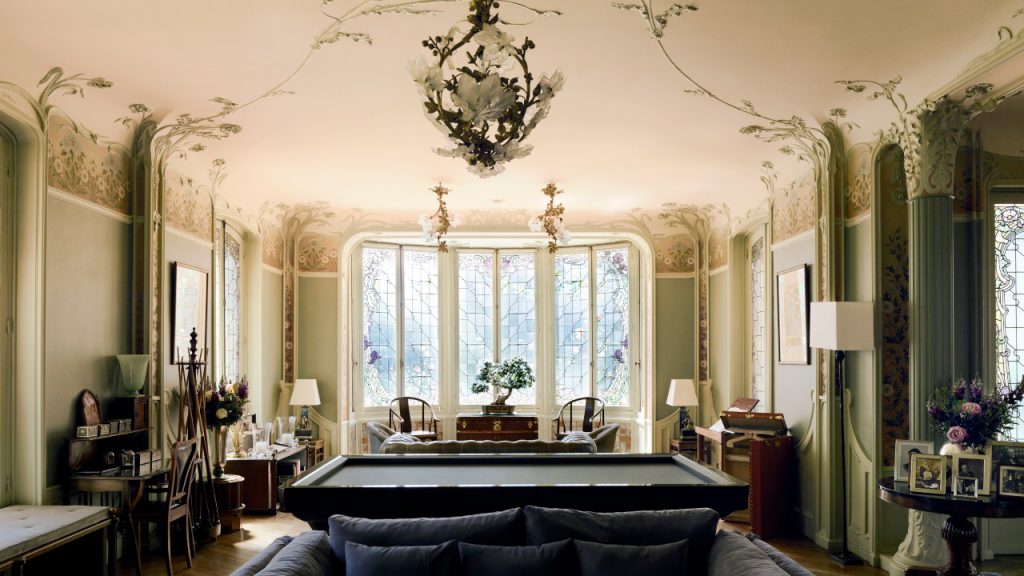
Today, 160 years later, Asnieres is officially known as Asnieres-sur-Seine and is considered a suburb of the Paris metropolitan area. The world has changed, but both the workshop and family home are still in use by the maison Louis Vuitton. The workshop may have been expanded but labouring away inside still are the skilled artisans hand-crafting the brand’s hard-sided and leather goods. The family moved out in 1964, but the home still stands as a gallery, private meeting spot, and nucleus of continuing inspiration.
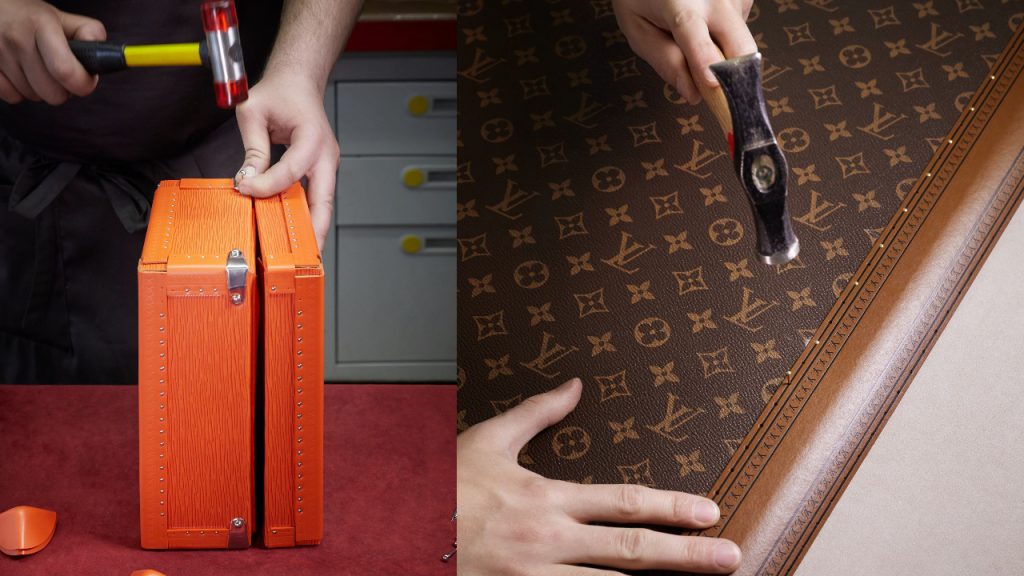
The Asnieres house is reflective of the generations who lived there. The first room to be constructed was the dining room, a timeless and dark-wooded space that befits Louis’ rustic sensibilities. He was, after all, born in the countryside, surrounded by farmers. Louis’ only child, Georges Vuitton, was born in 1857 and was something else altogether. A true Parisian, Georges was educated, erudite, and well-travelled. Evidence of the latter us strewn about the home. Georges was an avid collector of vintage trunks from all over the world, and his collection is on display throughout. Of the family portraits strewn about, one of them is of Georges on a boat, returning from an exhibition in Brazil.
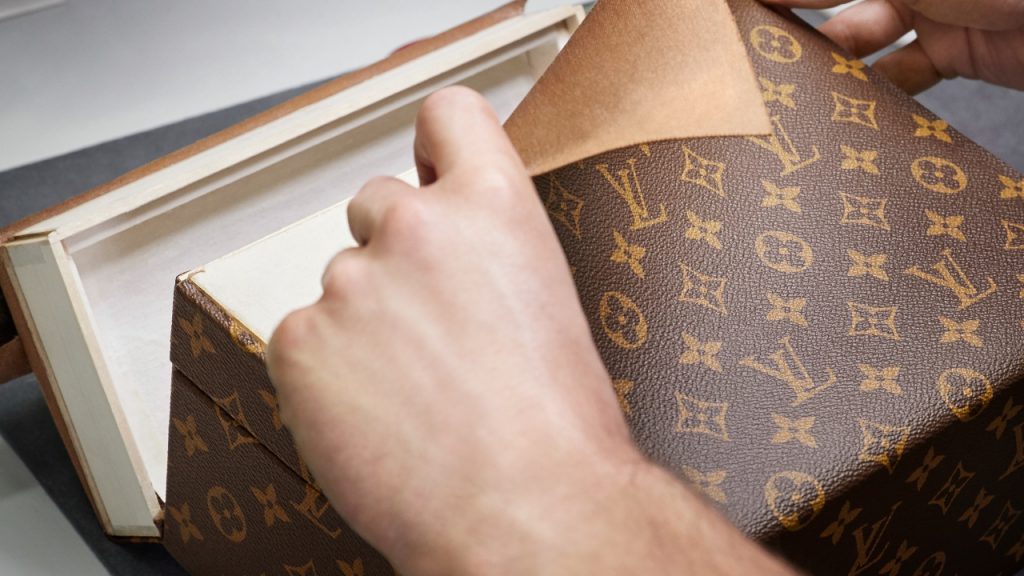
As such, when Georges expanded the house around 1900, he did so in more opulent fashion. The living room, replete with ornate fireplace and stained-glass windows, is a stunning implementation of the Art Nouveau movement and its intricate, curvaceous decor.
He was also the one who created the flower monogram that became the brand’s famous emblem. The exact origins of its design remain a mystery, but some suspect that one of the kitchen tiles in the Asnieres house was the inspiration. Georges also created the monogram canvas, another Louis Vuitton staple, to honour his father who died in 1892. It was, at the time, a radical idea to emblazon a trunk with initials that belonged to the trunk-maker, rather than the owner, but it is a mark of prestige that has stood the test of time.
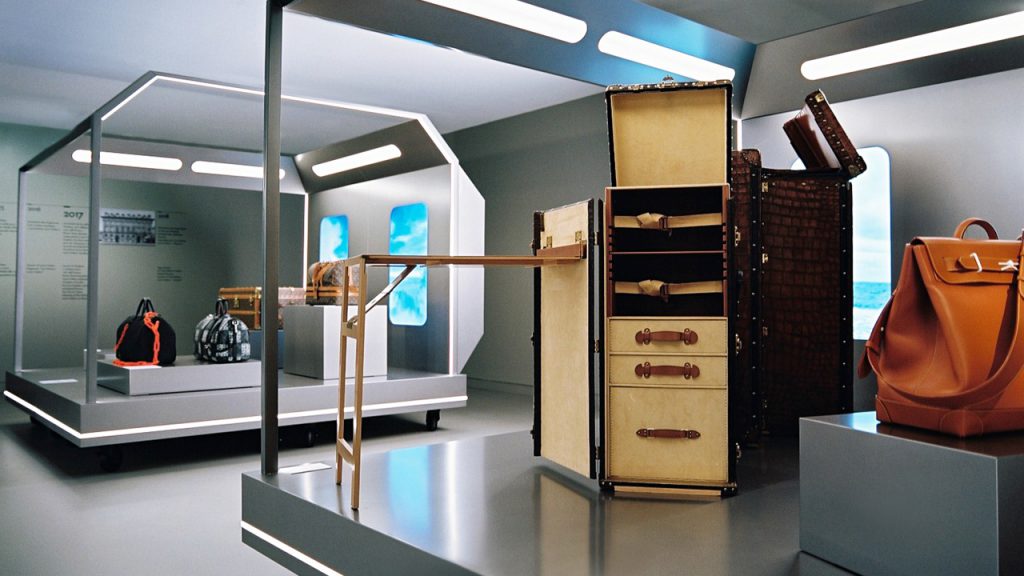
“Asnieres is a big mix of tradition and innovation,” describes Benoit-Louis Vuitton. The 44-year-old is part of the sixth generation of the Vuitton dynasty, and as a child he was a frequent visitor to Asnieres. He used to play in the garden with his brother, with the house on one side and the workshop on the other, and even admits that he may have broken a bit of the stained-glass window at some point. Today, he is corporate director for Art, Culture and Patrimony for the company. As part of this, he continues to manage the old family home. He points out that despite its renovations over the years, great care was taken to maintain its original charm. This applies to workshop, too, enlarged as it has been since its founding. “You still have the Eiffel-style structure of stainless-steel beams. The spirit didn’t change,” he says. “But the tools… on one hand didn’t change, but on the other, completely evolved to make sure that they are modern.
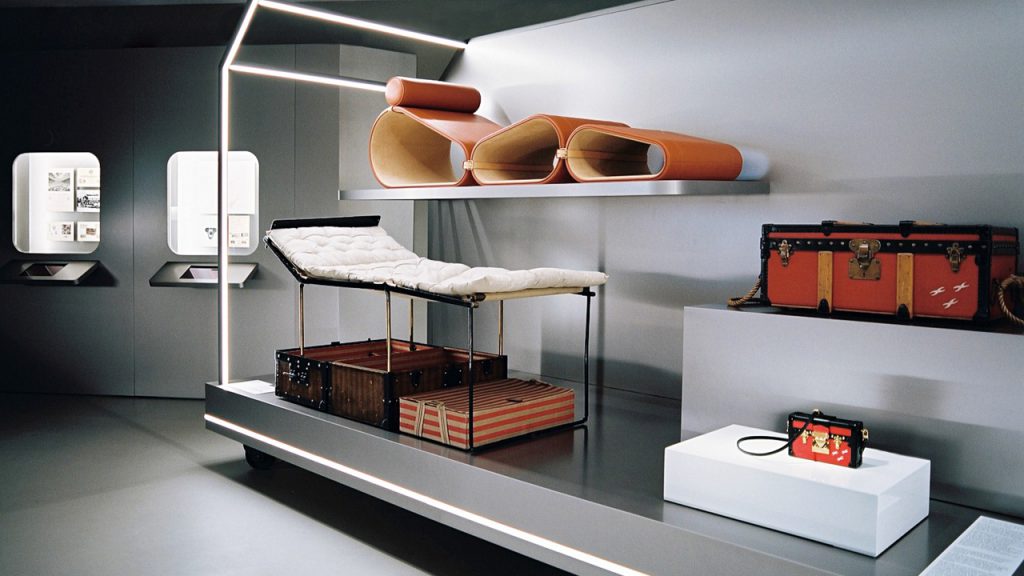
“I would say it’s a mix of nothing changed, and everything changed,” he continues, noting that although they still use traditional wood and assembly techniques, the brand is not above, say, carbon fibre for some contemporary flair. “We are always respecting the past, the tradition, and what made [us successful]. But we are also always looking for innovation.” That was evident even with his great-great-grandfather Georges, who so fully embraced Art Nouveau with his home décor. At the time, it was a trendy, daring, and very current style. “Generation after generation, we’ve been disruptive,” Benoit reminds us.
